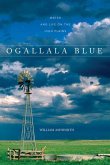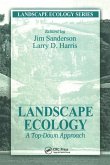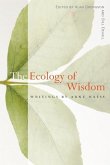The Great Plains were once characterized by vast expanses of grass, complex interdependence among species, and dynamic annual changes due to weather, waterways, and fire. It is now generally accepted that less than one percent of the original tallgrass prairie remains. Habitat fragmentation, the loss of natural predator-prey associations, changes in species composition, and various commercial practices continue to threaten grassland biodiversity. Recently scholars and conservationists have discussed opportunities for large-scale restoration projects in the Great Plains, but they have provided few details. Daniel Licht offers here a bold new approach to restoring and conserving the grassland ecosystem. In describing hypothetical reserves, he explains how they could help conserve grassland biodiversity, reduce federal expenditures on agriculture, increase recreational opportunities, and sustain rural economies outside the reserves.








